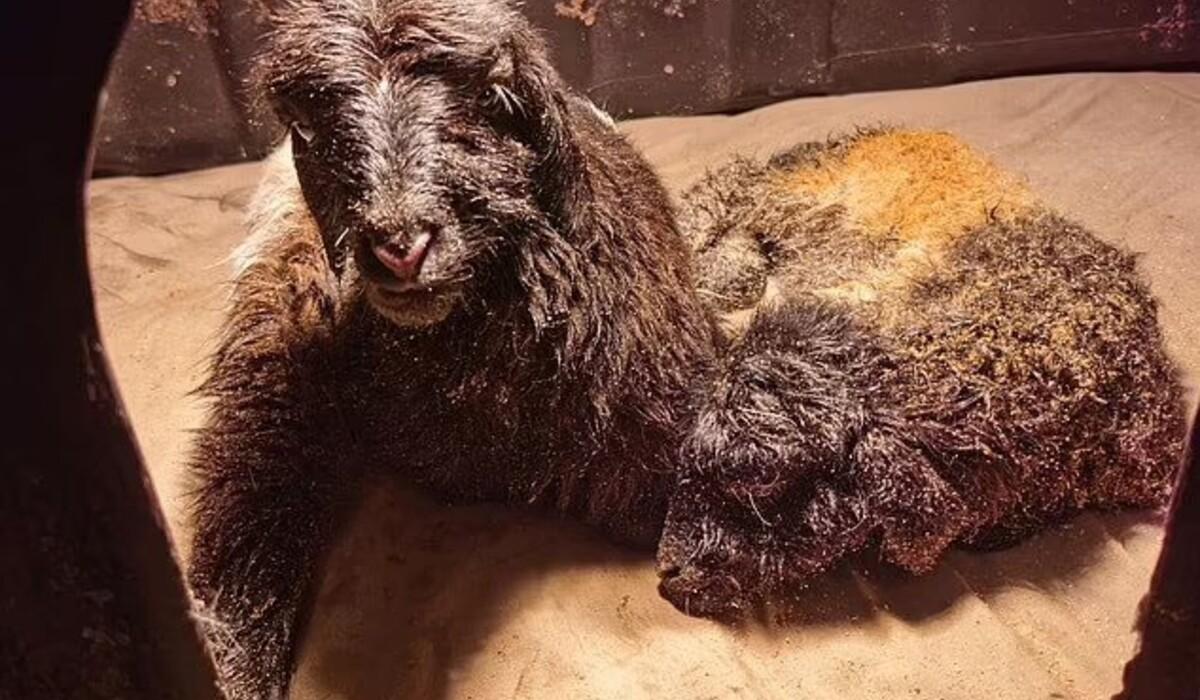Chinese scientists have claimed a significant breakthrough by successfully cloning the first Tibetan goats using somatic cell cloning, a technique previously used to clone Dolly the sheep. The process involves transferring the nucleus of an adult cell into a new egg cell, which is then implanted into a surrogate mother. The resulting offspring carries 100 percent of the donor’s DNA.
The cloned goats, born from prize-winning male goats, are aimed at preserving and restoring genetic material from exceptional individuals in the population, aiding breeders and herders in their efforts. Lead researcher Su Jianmin highlighted the potential of cloning to copy genetic information and enhance breeding programs, ultimately benefiting local farmers and the breeding industry.
Chinese media reports, while sparse on details, confirmed that the cloning was carried out in Qinghai Province using the same technique used for Dolly the sheep. Somatic cell cloning involves removing the DNA from a donor cell and implanting it into an egg cell, which is then carried by a surrogate to term. The cloned Tibetan goats were derived from the DNA of three exceptional breeding rams and a single ewe.
‘Through cloning, the genetic information can be completely copied,’ said lead researcher Su Jianmin with Northwest Agriculture and Forestry University.
‘With making full use of excellent breeding rams, as well as fully utilizing and expanding their genetic resources, we provide our scientific and technological strength to increase the income of local farmers and develop the local breeding industry.’
The goal of cloning is to find and copy male goats that can make the best wool. This uses what we learned from past cloning, like when we cloned a rhesus monkey. Rhesus monkeys are important for science because they’re similar to humans.
Cloning has shown some good results, but people still worry about it, especially if we try it with humans since sometimes cloning works well, but other times it doesn’t. This makes scientists hopeful but careful while most people would agree that cloning people is not right.
China’s successful cloning of Tibetan goats is a big step in saving genes and helping farming. They’re using a method called somatic cell cloning to try and make better goats for breeding and farming. But we need to be careful and make rules about cloning so it’s done the right way.

